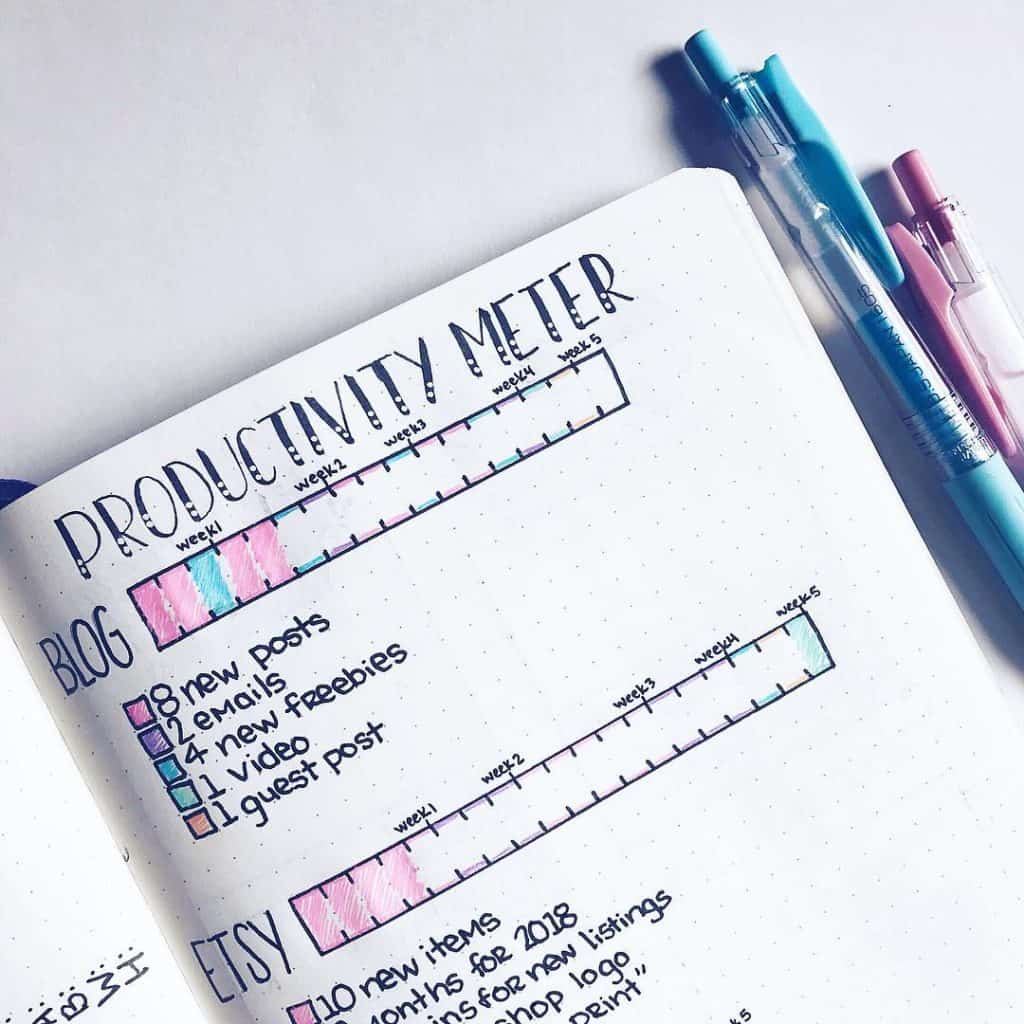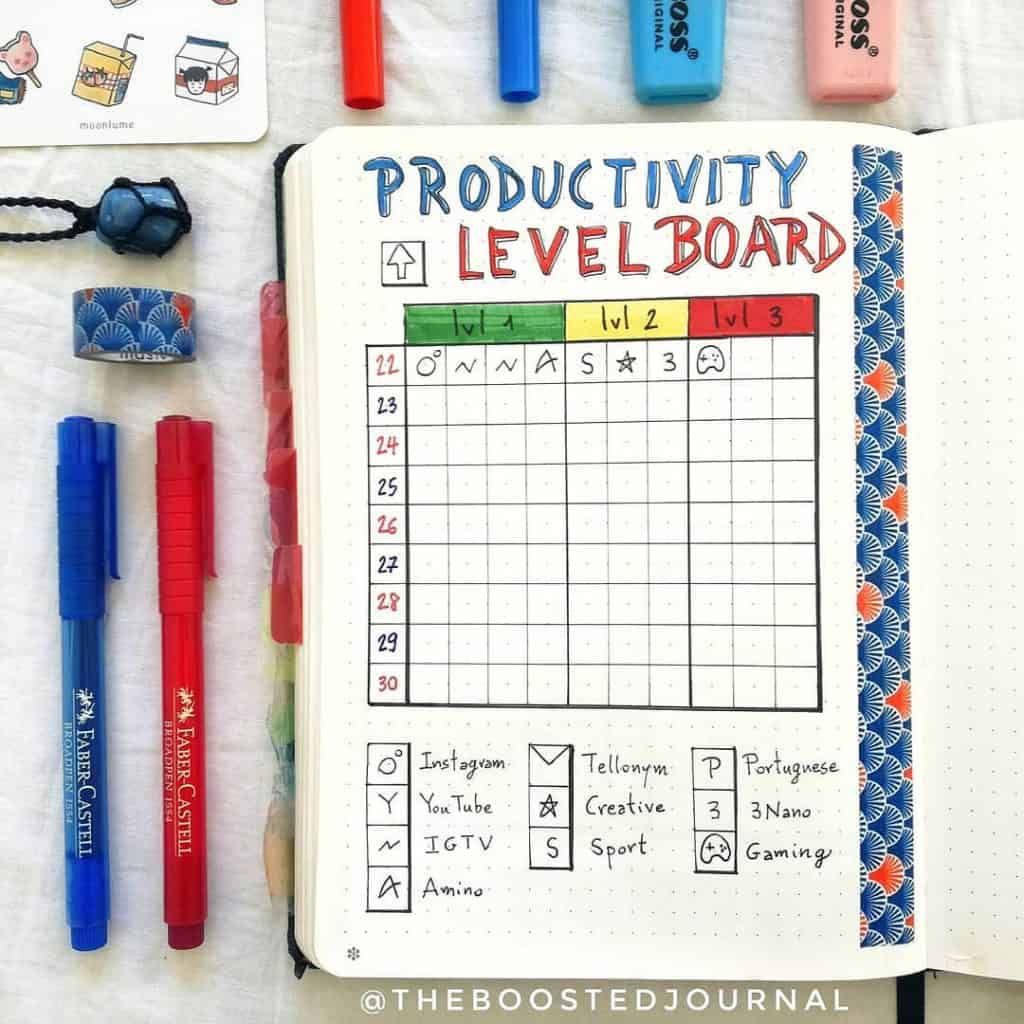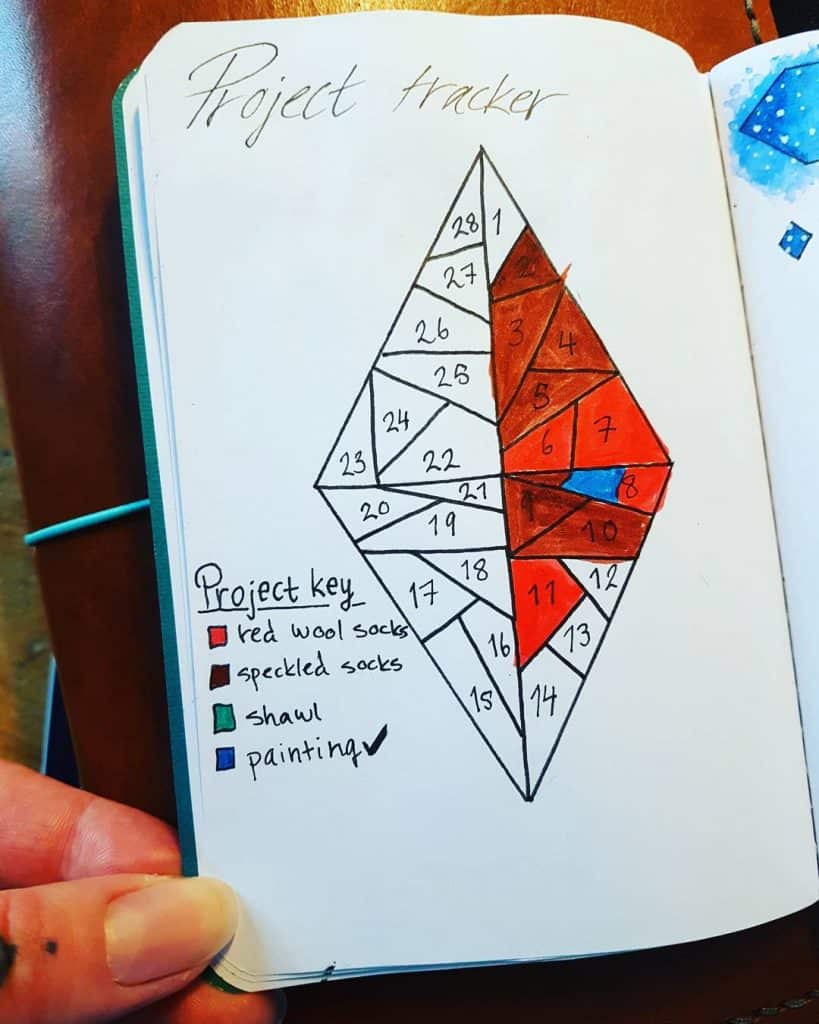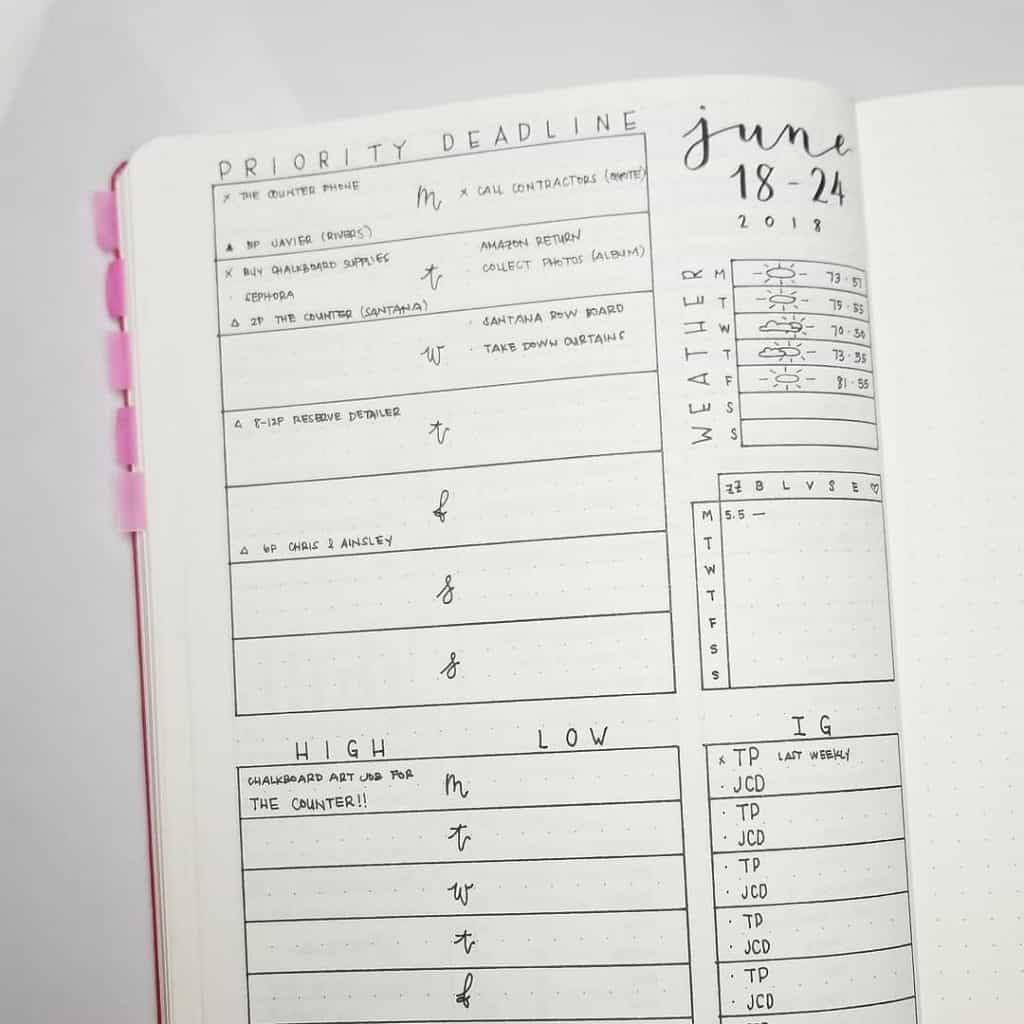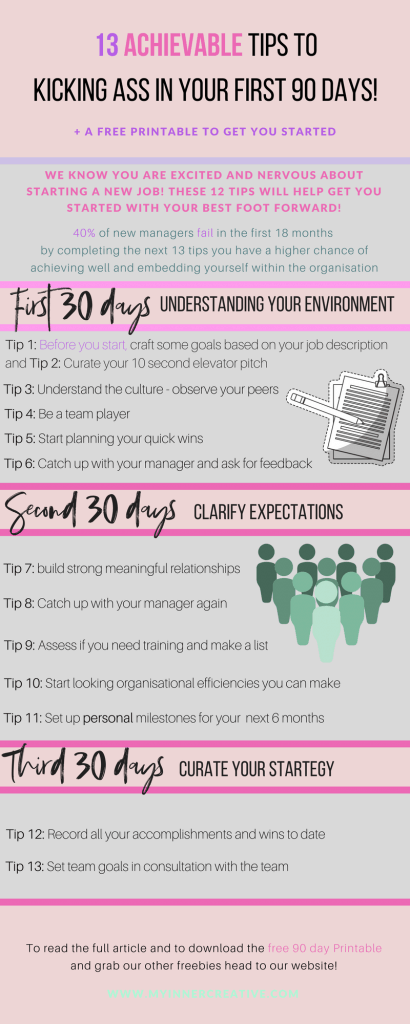Part 1: The first 90 of a new job in your bullet journal (+First 90 days Printable)

In this first part of this post, we cover some of the things you should potentially add to your bullet journal to really succeed in your first 90 days of your new job. I have also created a printable for you to try If you are starting on your first.
Looking to set your goals before getting a new job? Check out this post on goal setting
The reason I am writing this post is because I am starting a new job on the 23rd July! I am really excited and want to make sure that I make a really positive impression and really foster and create an environment that makes me productive and achievement focused.
So what should I be focusing on!? And why the first 90 days? Regardless of your situation, your Bullet Journal can be the fount of all focus on delivery in the new space. Be it a new job or a promotion its a really crucial time to make your mark without overstepping! So for the purpose of this post I am going to focus on team leadership and management because that is the role I am stepping into, but you can use this for any role!
Why the first 90 days?
Well! According to research 40% of new management hires fail in the first 18 months; this has been broken down to a couple of reasons
- Not creating strategic priorities
- Not understanding the culture and finally
- Waiting to long to make an impact
The purpose of the importance of 90 days is 1. 90 days is 1 quarter of a year and often company measurements are taken in a quarters.
Over the length of 18 months, after the first 90 days, productivity has been shows to decrease. You are excited about all the new things with regards to your role in those first 90 days and excitement starts to wane. So 90 days is a perfect punchy time frame for you to kick some ass!
In 90 days (Sunday the 21st October!) Ill write part 2 of this post about what I learnt and how my own advice worked! I hope it does! haha! Im pretty confident it will as I used it in my last management role and it seemed to work really well.
I read a book which started this for me called “The First 90 days” and a lot of what i am going to do this time around references that but also references what I have picked up from experience. So lets get this show started!
What should you focus on?
So lets break the 90 days down into 3x 30 day blocks. This first word of caution is to make sure you resist the urge to change everything on the outset! Or even the urge to “fix things”. According to the first 90 days book – Michael states:
-
The root causes of transition failure always lie in a pernicious interaction between the situation, with its opportunities and pitfalls, and the individual, with his or her strengths and vulnerabilities.
-
There are systematic methods that leaders can employ to both lessen the likelihood of failure and reach the breakeven point faster.
-
The overriding goal in a transition is to build momentum by creating virtuous cycles that build credibility and by avoiding getting caught in vicious cycles that damage credibility.
-
Transitions are a crucible for leadership development and should be managed accordingly.
-
Adoption of a standard framework for accelerating transitions can yield big returns for organizations.
So what are the key steps to success in those 90 days?
First 30 days: Understand your environment
Tip 1: Before you even step a foot into the new job – take a look at your job description. Jot down into your bullet journal the key aspects of your job. Use your bullet journal to keep track of your goals, observations and lessons learned. Other things to track are problems solved, commendations, training programs.
Tip 2: Craft an introduction that works for you – you 10 sec elevator pitch – cover of a quick who you are, whats important to you and how glad you are to be there. Check out what your Myers-briggs is and note it down, it will help guide you towards understanding what motivates you and what motivates others.
Tip 3: Very quickly you need to learn and understand the visible and invisible rules of the organisation. These are usually things you wouldn’t have been told by the on-boarding process and could be things as simple as “we don’y eat fish for lunch in the common areas” or “people only leave work at 6pm” . It is also important to understand and respect the unspoken authority in the organisation. While there is always room for innovation, deep-seated traditions are at the heart of company culture. So before going in gun-ablaze, consider keeping a reflective part of your journal for those quick wins you want to see. Another good way to develop this is to draw a mind map of your stakeholder both up and down
Tip 4: Be enthusiastic to volunteer and be a team player but don’t be like a crazed new puppy. Essentially don’t piss on the carpet from excitement, but show that you are willing to help out and volunteer.
Tip 5: As mentioned in Tip 2, start considering which quick wins you want to create – quick wins create a positive effect on your wider team, it shows you are a willing contributor to the team.
Tip 6: In your initial meeting with your manager cover the following key topics to get a good grasp on what the role will entail
- Strategic priorities
- the overall business plans
- What is your managers biggest challenges?
- cultural and political landmines
- what are considered key success factors?
- What priorities would you like me to focus on?
- What is their best mode for communication? How often should you formally catch up? Informal catch ups?
- What can you do to most help your manager in the next 90 days.
Second 30 days: Clarify Expectations
Tip 7: Start creating relationships with those who could be your Ambassadors. As you get to know those around you, identify colleagues who can support, mentor and challenge you to be your best. Follow up with people, check in and get to know people better.
Be sure however and not in over invest with personal information. When you follow up with meetings or coffee catchups come prepared with questions about the organisation and their role. Visit with other departments and see how they do things. Creating cross department relationships really fuels company synergy. Another good way to develop this is to draw a mind map of your stakeholder both up and down to and to the side.
Tip 8: Catch up with your manager and talk through their expectations of you and if you are meeting those. Get some first month feedback!
Tip 9: Start looking at training that might help you fill the gaps in the role you think you might have.
Tip 10: Start assessing the business of efficiencies you could implement to help you create those quick wins.
Tip 11: Set up milestones to start tracking those wins, and process improvements.
Third 30 Days: Create a strategy to best serve your stakeholders
Tip 12: Record your accomplishments and wins, these will help at your 90 day review session with your manager. Include significant accomplishments, problems you solved or solutions you introduced, performance standards you achieved, and projects you successfully completed. Get feedback after those first 60 days from your manager and then book in time to review your performance again after the the last 30 days.
Tip 13: Set achievable goals with the team going forward. One of your most important tasks as a team leader is to set ambitious but achievable goals with your team’s input. Many managers inherit their teams, which often means they aren’t creating new goals, but clarifying existing ones. “It’s actually rare that someone gets to come in and redefine the goals for the group in a profound way,” says Watkins. In those instances, your challenge as a manager is to reorganize roles or rethink strategies to best achieve the goals at hand.
So lets talk about how we are going to get those under way!
Using the printable to achieve your goals
We have taken the time to help you get things in paper and achieving those goals! This printable has promts to cover everything we have covered! In part 2 I will cover how I drew my first 90 days in my journal!
Examples of others using project management and planning to succeed at life!
